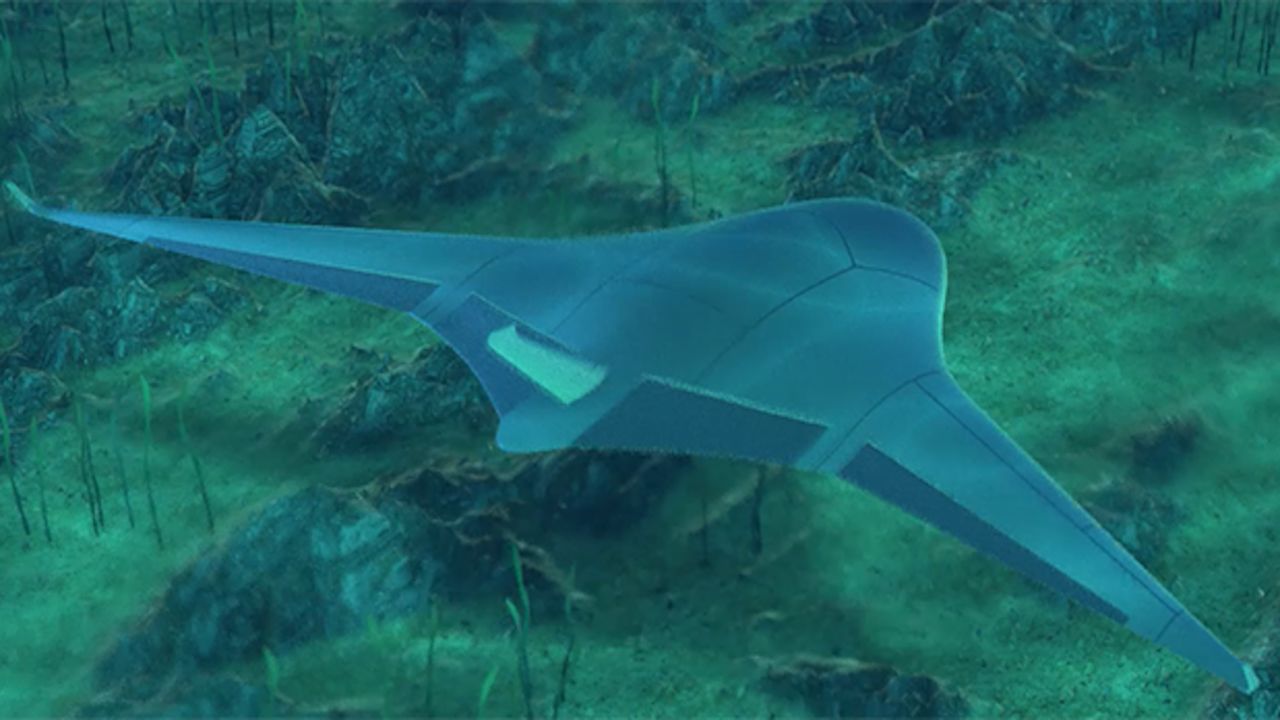U.S. Defense Advanced Research Projects Agency (DARPA) announced Monday that it has been awarded Phase 2 contracts to continue the Manta Ray program that began in 2020.
The effort seeks to demonstrate innovative technologies allowing payload-capable autonomous unmanned underwater vehicles (UUVs) to operate on long-duration, long-range missions in ocean environments. The two prime contractors, Northrop Grumman Systems Corporation and Martin Defense Group, are each developing unique full-scale demonstration vehicles.
The Manta Ray program seeks to develop UUVs that operate for extended durations without the need for on-site human logistics support or maintenance.
In Phase 1 of the program, The companies designed and conducted preliminary testing on novel approaches in energy management, UUV reliability, biofouling and corrosion control, navigation, and undersea obstacle avoidance, among other areas that directly enable long-endurance missions.
“DARPA’s Manta Ray program has made significant breakthroughs toward enabling payload-capable autonomous underwater vehicles to operate independently of crewed vessels or support infrastructure,” stated CDR Kyle Woerner, Manta Ray’s program manager.
“By investing in diverse solutions, DARPA strengthens our ability to transition innovative undersea technologies to our national security partners. Manta Ray is uniquely positioning itself to simultaneously introduce a new class of underwater vehicle while contributing key component technologies to other vital undersea programs.”
The Manta Ray program concluded Phase 1 with Critical Design Reviews that demonstrated design maturity and readiness for advancement to Phase 2.
The selected Companies will now work on subsystem testing followed by fabrication and in-water demonstrations of full-scale integrated vehicles.

